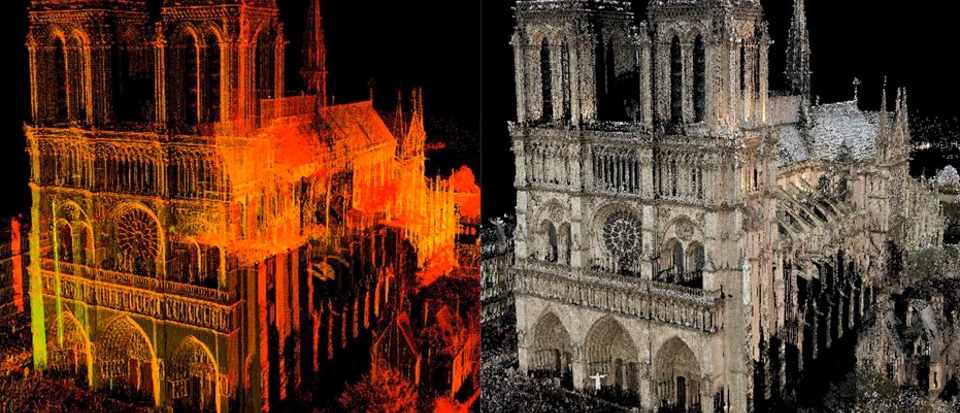
Jobs in Geo – Week 17
At Geoawesomeness, we’re working on creating an interactive job portal for companies to submit jobs and for job-seekers to look for jobs in the geospatial industry.
For the past two months so, we’ve been sharing jobs on our LinkedIn and in weekly blog posts. While it certainly is not our final product, it allowed us to get some quick feedback and share some awesome jobs submitted by companies while we develop and test the job portal. We hope that you enjoy this selection of geospatial jobs!
Industry Manager at Waze
?São Paulo, Brazil
https://careers.google.com/jobs/results/97922122531119814-industry-manager-waze-english-portuguese/?q=waze
HOT 2019 Applied Research Fellowship at HOTOSM
?Uganda, Tanzania, and/or Liberia
https://www.hotosm.org/jobs/hot-2019-applied-research-fellowship/
If you see any positions that would be interesting for our community, you can also submit a job using the online form for us to review and include in our list!
Are there any specific things you’d like to see in our job portal? Feel free to get in touch.
Want to get your dose of Jobs in Geo directly to your inbox? Subscribe to our jobs newsletter here.






